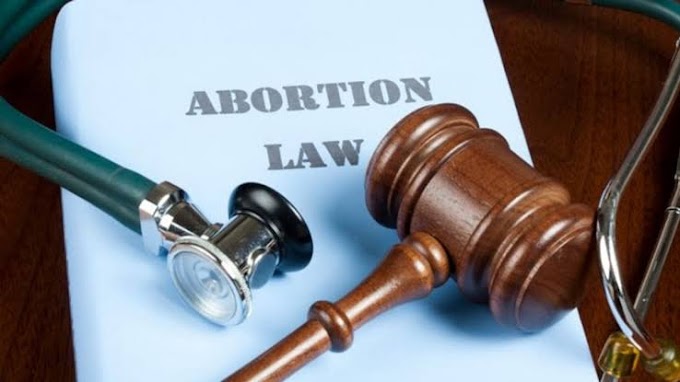Topic:- Constitutional validity of sedition law in india
Author :- Sadique Ali ,a student of loyd law college
Introduction
Sedition is defined as the illegal act of inciting the people against the government in power. It simply means to encourage people to oppose the government or authority.
The act which promotes disaffection toward the government is referred to as a seditious act.
Section 124A Indian penal code deals with the sedition law its stated that Whoever by words, either spoken or written, or by signs, or by visible representation, or otherwise, brings or attempts to bring into hatred or contempt, or excites or attempts to excite disaffection towards, the Government established by law in india.it is cognizable offence, non- bailable and non-compoundable offence. The punishment of this offence is a minimum seven years of imprisonment which may extend to life imprisonment.
What is sedition
Section 124A of Indian penal code deal with the sedition as per this section when a person brings or attempts to bring hatred or contempt, or which excites disaffection or attempts to do so towards the government of India by way of words, signs, visual representation, or any act it expressing disapprobation of the administrative or other action of government without exciting or attempting to excite hatred, contempt or disaffection, do not constitute an offence under this section.
Background of sedition
Thomas Macaulay, who drafted the Indian penal code, had included the law on sedition as section 113, but it was not added in code enacted in 1860 for reasons un-known.
In 1860, sedition was included as an offence under section 124A IPC through the Special Act XVII. Section 124A of IPC was milder than that of sedition in English Law. the seditious feeling was penalised in English law.
It was extensively used to curb political dissent during the independence movement.
Several pre- independence cases involving sec 124A of IPC are against celebrated freedom fighters, including Bal Gangadhar Tilak, Annie Besant, and Mahatma Gandhi
It is during this time the most notable trials on sedition – queen empress v. Bal Gangadhar tilak — took place in 1898. For publishing an article in a newspaper about the Maratha warrior Shivaji, tilak was accused of sedition.
Constitutionality of sedition law in India
The first case that tackled the constitutionality of Section 124-A in 1950 Romesh Thappar VS state of madras , SC held “ criticism of government exciting disaffection or bad feeling towards it, is not to be regarded as justifying ground for restriction the freedom of expression and of the press, unless it is such as to undermine the security of or tend to overthrow the state.”
In the case of KedarNath overruled the earlier ruling of Ram Nandan v. State of Uttar Pradesh and upheld the constitutional validity of IPC section 124A . However, the court attempted to restrict its scope for misuse. The court held that unless accompanied by an incitement or call for violence, criticism of the government cannot be labelled sedition.
In SG Vombatkere vs Union of India the supreme court of India asked the central government and states to refrain from registration any cases for the offence of sedition under section 124A of IPC.
A bench of chief justice NV Ramana and Justice Surya Kant and Hima Kohli directed that section 124A be kept in abeyance till government exercise of reviewing section 124A is complete.
The supreme court directed that all pending trials, appeals, and proceeding with respect to the charge framed under section 124A, which deals with the offence of sedition, be kept in abeyance till the central government completes the promised exercise to reconsider and re- examine the provision.
The court also said it is of view that till re-examination of section 124A is complete, it will be appropriate not to continue usage of the provision by various governments.




![Freedom of Speech in India [Indian Supreme court and Law of Sedition]](https://blogger.googleusercontent.com/img/a/AVvXsEiGLLUmLKq5Da6xDZplasOZHKRj-jOhWPkoeuy0_Eq757tUpOiHz-xooXwIlAjF0-hmBfi-TtMIv6on_sVgBXVq4wbWwnbsqLOcNX22S8C2aSq-ZuK3vn9wWAx8tXByYOBfwc0hs6b8RJV84YNFG2greouGKjup6g8kN-xVlchW33VHdSSmrhLC1BUEVbGp=w680)





